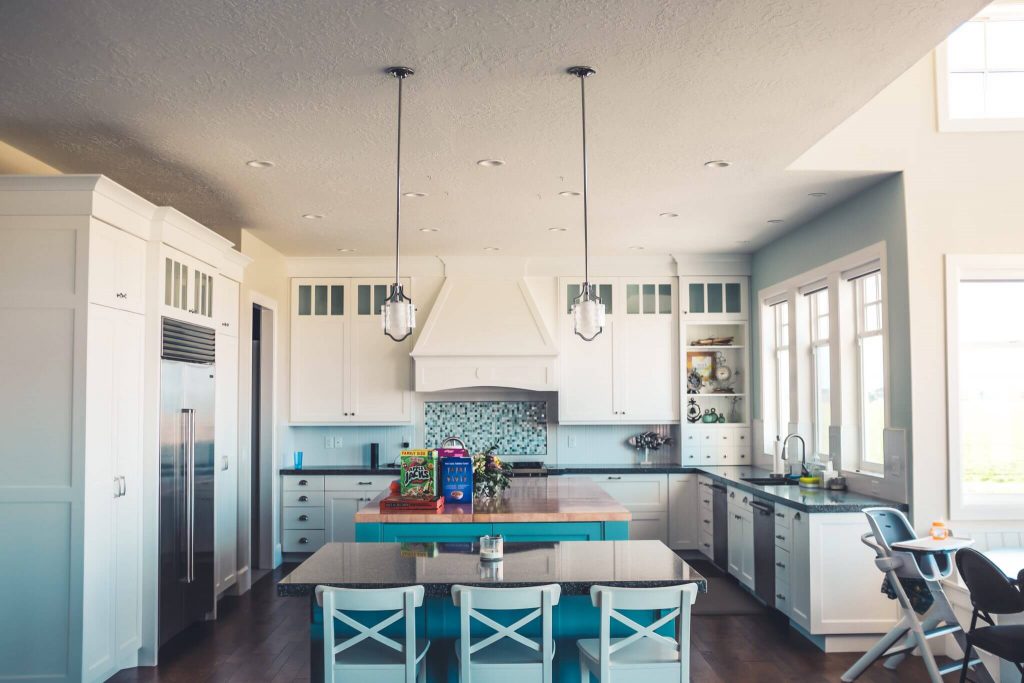The Impact of Canadian Lumber Tariffs for the Boston Building Industry
Over recent months, the lumber industry has been in a bit of a pinch: Production prices have risen across the board while supplies are shrinking due to wildfires and wood-destroying insects. This is coupled with labor shortages and rising wages, all of which has combined to drive the cost of lumber sky-high. And, there’s another factor at play here, too. The recent Canadian lumber tariffs are having a big impact on lumber prices — and the construction industry as a whole. Let’s take a look at the specifics.
A Brief Overview of Canadian Lumber Tariffs
Tariffs are taxes on imported goods, a cost that the purchaser must pay in order to import the goods — in this case, lumber from Canada. In January 2018, the Trump administration imposed a 20% tariff on imported Canadian softwood lumber. This represents a large portion of the lumber used in the U.S., particularly the lumber used to build new homes. Canadian softwoods make up about 28% of all softwoods sold in the U.S. (Read the latest news regarding USMCA trade deal agreement and Chapter 19 Dispute Resolution Process which affects U.S. tariffs on softwood lumber).
Is the Tariff Driving Up Housing Prices?
Experts say that yes, these tariffs are absolutely influencing housing prices. In fact, even the anticipation of the proposed tariffs drove prices up nationwide by 7% prior to December 2017. Currently, the National Association of Homebuilders says that Canadian lumber tariffs are adding an average of $9,000 to the price of a new home. The tariffs, coupled with other supply problems, have led to a 40% increase in the cost of lumber for 2018, and an 80% year-over-year increase overall. Even the rental market is affected: Multi-family units have increased in price by up to $3,000.
Will This Have a Chilling Effect on the Housing Industry?
Builders and the housing industry are already experiencing a squeeze. For new homeowners, the added cost to build a home often proves to be too much. Many buyers are turning toward older homes, but inventory across the country is already lean, which means the price of real estate is going up as people compete for the few houses available. Currently, the median cost of a home in the U.S. is $312,000, a price that many first-time buyers simply can’t afford. To make ends meet, builders are increasing costs on entry-level homes that are more likely to sell, and many are reporting a sharp decline in sales as a result.
In the future, builders are expecting to see a wave of job loss throughout the construction industry. As more and more Americans choose to buy or rent older homes, housing starts will go down as will the demand for builders to complete those projects.
Solution in Sight, But Could Be Slow
So what is the solution? Many are looking toward American lumber production to increase supply, but it’s a slow process and experts anticipate that it could be years before American lumber producers are able to meet the supply that Canada can provide. Right now, manufacturers are increasing production at a rate of 4.4% yearly, which is not fast enough to stave off increasing prices.
In the meantime, industry experts hope that the tariffs will come down to help ease the strain on the construction industry. Some may start looking at steel framing as a replacement for stick framing, but this comes with its share of problems, too. Steel is expensive, faces rising tariffs of its own, and availability is sometimes a challenge.
Politicians on both sides of the aisle, as well as lobbyists and political think tanks, are urging the current administration to reconsider Canadian lumber tariffs. If these tariffs are renegotiated, then prices could come back down.

